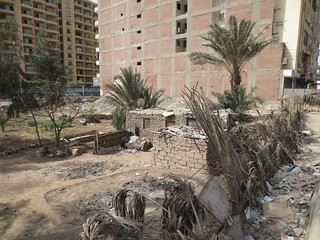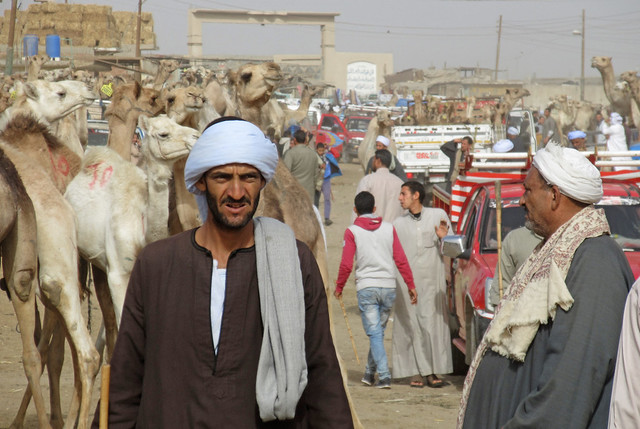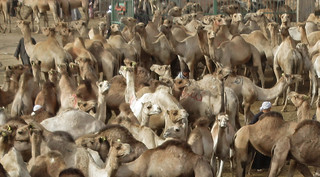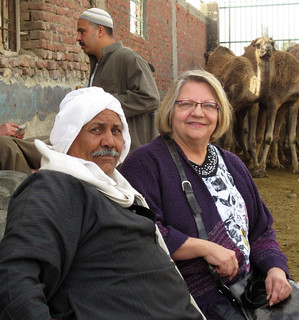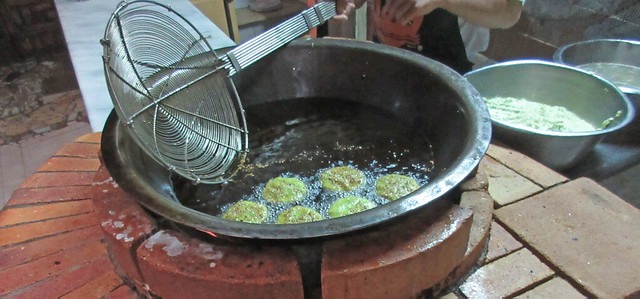We took a trip out to
Maryanne Stroud's horse ranch and
veterinary operation a few days ago. Linda delivered some cookies and banana bread for the workers and we had a chance to see a couple of lambs born that morning and visit the goats.
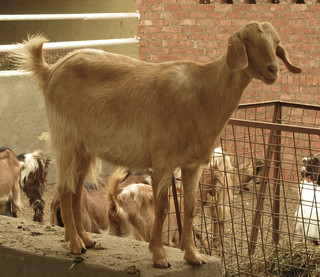

We didn't have access to our usual driver for the trip so we hooked up with an Uber driver, Sayid, who lives nearby and would take us out to the farm and wait for us for a couple of hours.
After our visit, our driver, noting our interest in rural property, mentioned that his family had some farmland for sale and he would be happy to show it to us. (There are very few Egyptians that do not have a relative with land or apartments for sale!)
We detoured over to his family property about a mile east of the Mariouteya canal, a couple miles south of our appartment.
I should mention that agricultural land in Egypt is measured and sold by the
feddan and kirat. A feddan is almost exactly equal to a U.S. acre (Both were originally defined as the amount of land you can plow with a team of oxen in a day) and there are 24 kirats in a feddan. So we set out to discover what it would cost to buy a feddan in this area that is rapidly being subdivided. That should be just about the right size for a country villa with a garden and some space for Linda's long desired stable with a few goats and a donkey.
It turns out that land is the one thing that is not cheap in Egypt! The going rate for Sayid's family property is around 200,000 Egyptian pounds per kirat. Translating that for you, figure $280,000 per acre. And, let's take a look at the lot We walked down to the road and found this view.

The owner pointed out the boundaries, extending across that plowed area over to the brick wall on the left and down the field to where the horse is standing near the palm tree. My, that is an unusual shape, I thought. But he would be willing to part with another 4 kirats along the near left edge to give access to the main road.
"Do you have another piece that is more square," I inquired? Yes, indeed. We walked down the road to another lot of about one feddan in size which currently is occupied by a plant nursery. Much nicer in shape, but the price is higher, 350,000 Egyptian pounds for a kirat. This lot was 28 kirats for a total price of about $575,000.
We walked back to the owner's villa. He pointed out that they have city electricity and city water for domestic use plus there is easy access to under ground water for agricultural use. I noted the electrical service with some skepticism since it appeared to have been slightly re-routed when the owner installed a concrete post near the road and twisted the wires around the re-bar. The flow from the well system looked pretty good.


We were invited to go up to the top floor of the owner's villa and see the view. We headed up the stairs only to be blocked at the entrance to the 3rd floor roof by a 3 foot brick wall - presumably a safety measure to keep the kids from tumbling off. No problem - Sayid and his cousin knocked out the brick wall and we clambered over the resulting pile of bricks to get a good view.
I have to admit the view from the roof is impressive. It was a hazy day but the Giza pyramids are clearly visible in the distance,

Fortunately, that horse by the palm tree had not moved and was still marking the end of that first long and narrow lot.

We mentioned that we were just starting to look and needed to consider some other options.
On the way back to town, Sayid noticed a good sized plot of land for sale right along the main road and the Mariouteya canal. This is pricey stuff. You could probably put up a hotel, restaurant or a factory. We stopped and Sayid walked down to talk to the owner. Land of this type sells by the square meter, just as in town, not by the feddan. (There are 4200 square meters in a feddan.) At 3,800 Egyptian pounds per square meter, a feddan would go for $939,000.

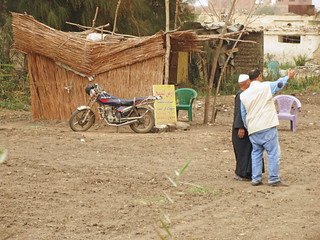
If you type "Egypt real estate" into Google you will not have to complete the phrase before "bubble" appears in the auto-completion suggestions.
Unfazed by our lack of immediate interest, Sayid called the next day with the news that he had come upon a feddan with a house and a swimmng pool. The owner was asking 8 million pounds but would likely take 7. (A bit over $400,000)
Those
apartments in town for $20,000 to $50,000 are looking like pretty good bargains.
.


